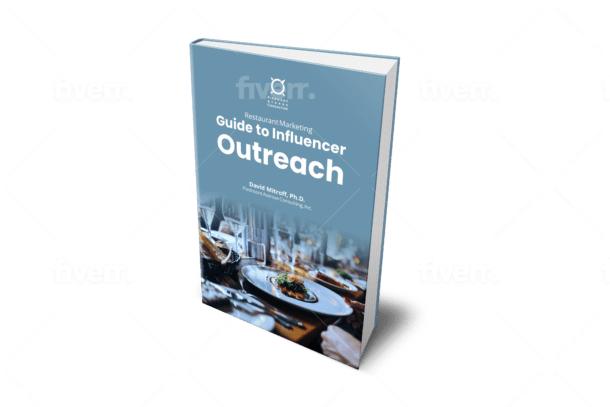As an employer, providing a safe workplace for your employees should be part of the DNA of your business. If you are not already getting periodic updates about newly enacted or recently changed workplace safety laws from your business law attorney, your business may be exposing itself to fines and other penalties for noncompliance.
Providing a safe and healthy work environment does more than allow your business to avoid enforcement by regulatory agencies. It also makes economic sense for your business by keeping your employees on the job and productive rather than at home recuperating from injuries and illnesses.
One of the challenges businesses face when attempting to ensure a safe work environment may be determining which workplace law applies to them. A good place to begin for a better understanding of workplace law is with the Occupational Safety and Health Act of 1970 that sets the workplace safety standards for practically all businesses and industries operating in the United States.
Workplace Law In The U.S.
Responsibility for ensuring that businesses protect the health and safety of their workers fell to state governments through most of the history of the U.S. It was not until enactment of the Occupational Safety and Health Act in 1970 that the federal government assumed a pivotal role in setting health and safety standards for workers throughout most industries and enforcing compliance with them.
Some of the key provisions of the workplace law include the following:
- Establishment of general rules that practically all private businesses in the country must follow.
- Establishment of health and safety standards specific to particular industries.
- Creation of the Occupational Safety and Health Administration as a part of the U.S. Department of Labor to set and enforce standards for workplace health and safety.
Most businesses in the private sector throughout the country come under the jurisdiction of OSHA. Although OSHA jurisdiction generally does not extend to workers of state and local government agencies, many of them benefit from state-established health and safety standards that mirror or exceed the federal guidelines.
What Is a Safe Workplace According to OSHA?
The Occupational Safety and Health Act sets the standard for workplace safety by requiring that employers provide the people who work for them with a workplace that is free of serious recognized hazards. Hazards to the health or safety of workers that are known to exist or are discovered through inspections must be remedied.
The OSH Act also contains standards establishing methods employers in general industry, construction, maritime and agriculture must use to provide a safe and healthy work environment. The standards cover such general areas as the amounts of hazardous substances that workers may be exposed to at work or the noise levels that constitute unsafe or unhealthy work conditions.
The standards cover a broad range of industries. For example, standards for healthcare workers pertaining to sharp instruments require built-in safety features that prevent accidental punctures or cuts. Standards for the construction industry, which has the distinction of being the industry with the most worker fatalities, include measures to prevent trench cave-ins and a requirement that employers provide workers with safety harnesses to prevent injuries and fatalities due to falls.
Protecting Workers From Retaliation
Workers who believe their workplace to be unsafe or unhealthy may bring the condition to the attention of their employer, or they may file a complaint directly with OSHA. Regardless of the method for addressing unsafe or unhealthy workplace conditions, workers cannot be retaliated against by their employer. Examples of retaliation include:
- Transfer
- Demotion
- Pay reduction
- Termination
Employers who violate the rights of employees by retaliating against them for complaining about workplace conditions may be taken to court by the Department of Labor to restore anything lost by the worker due to the retaliation.
OSHA-Authorized State Workplace Safety Law
OSHA authorizes 22 states and territories to establish and run workplace health and safety programs to set and enforce standards for businesses operating within their jurisdiction. Funding for the agencies operating in each state comes from the state and federal governments.
Standards set through state plans must be at least as effective as those set and enforced through the federal agency. States have the right to set stricter standards than the federal agency. As an example, in addition to following the federal OSHA standards, California enforces its own standards regarding the following:
- Repetitive motion injuries
- Child labor
- Handling of toxic chemicals
- Heat and noise exposure
- Aerosol transmissible diseases
- Healthcare industry workplace violence
- Petroleum production and drilling
Businesses operating in a state with an authorized OSHA plan need to ensure that they institute policies and procedures that comply with standards in place within that state. A good place to obtain that information is from the law firm representing your business.








